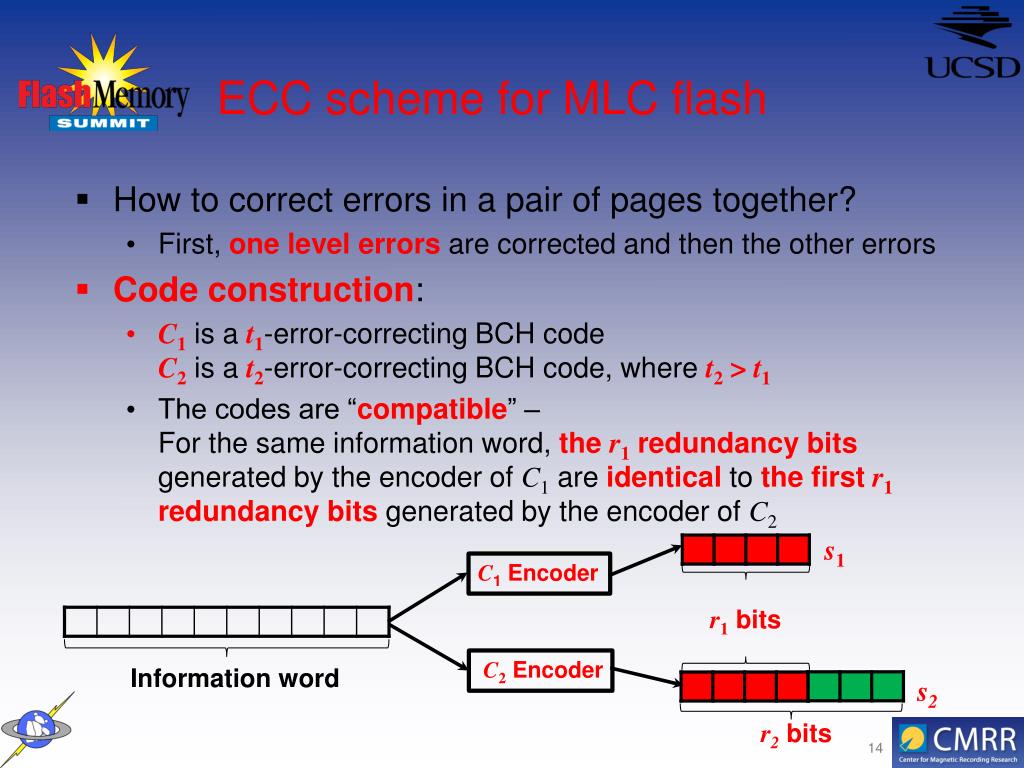

- Flashcode encoder how to#
- Flashcode encoder software#
- Flashcode encoder code#
- Flashcode encoder free#
The various other vendors often permit their dealers to sell the software online (i.e., Kenwood). To obtain Motorola software see the Sticky in the Motorola forum. It is YOUR responsibility to properly word your request.
Flashcode encoder free#
We do not want any hurt feelings when your vague post is mistaken for a free request. If you are having trouble legally obtaining software please state so. Your PM's are not private and the administration has the right to read them if there's a hint to criminal activity. Even if you attempt to engage in this activity in PM's we will still enforce the forum rules. The same goes for any private transaction via Private Message. Making a request such as this is attempting to engage in software piracy and this forum cannot be involved or associated with this activity. All requests will be deleted and a forum infraction issued. Please do not make requests for copies of radio programming software which is sold (or was sold) by the manufacturer for any monetary value. We conclude with a construction of codes with asymptotically-optimal rate and weight asymptotically half the length, thus having an asymptotically-optimal charge difference between adjacent cells.To anyone looking to acquire commercial radio programming software: In contrast, we study codes of weight 3 and efficiently construct codes which are asymptotically-optimal. We then specifically study codes of weight 2 and upper bound their efficiency, thus proving that there are no such asymptotically-optimal cyclic codes. We provide necessary conditions for the existence of cyclic and cyclic optimal Gray codes. We study constant-weight Gray codes for the local rank- modulation scheme in order to simulate conventional multi-level flash cells while retaining the benefits of rank modulation. Local rank- modulation is a generalization of the rank-modulation scheme, which has been recently suggested as a way of storing information in flash memory. We consider the local rank-modulation scheme in which a sliding window going over a sequence of real-valued variables induces a sequence of permutations.
Flashcode encoder code#
As part of our exposition, we also highlight the close connections between the new code family and permutations with short common subsequences, deletion and insertion error-correcting codes for permutations, and permutation codes in the Hamming distance. Our results include derivation of the asymptotic capacity of translocation rank codes, construction techniques for asymptotically good codes, as well as simple decoding methods for one class of constructed codes. Translocations represent a natural extension of the notion of adjacent transpositions and as such may be analyzed using related concepts in combinatorics and rank modulation coding.

Unlike classical rank modulation codes used for correcting errors that manifest themselves as swaps of two adjacently ranked elements, the proposed \emph account for more general forms of errors that arise in storage systems. We consider rank modulation codes for flash memories that allow for handling arbitrary charge-drop errors. We demonstrate that the sum-product decoding performance of concatenated codes with outer low-density parity-check codes outperforms conventional schemes. We derive the distance distribution of concatenated permutation codes with random outer codes.
Flashcode encoder how to#
We discover how to concatenate binary linear codes to achieve the upper bound. Using this distance, we upper-bound the minimum Chebyshev distance of concatenated codes. A naturally induced pseudo distance over binary outer codes successfully characterizes Chebyshev distance of concatenated permutation codes. We explore concatenating permutation codes of ϕn,d=0 with binary outer codes for more robust error correction. By factor graph formalization, we derive an efficient maximum a-posterior probability decoding algorithm for ϕn,d. In this paper, we derive a tight upper bound of decoding error probability of HDD. They also devised efficient encoding and hard-decision decoding (HDD) algorithms that outperform the bounded distance decoding. This code is the largest known code of length n and minimum Chebyshev distance d > n/2 so far, to the best of the authors knowledge. is of length n, size 2n-d and, minimum distance d. A permutation code invented by Kløve et al. We focus on permutation codes under Chebyshev (ℓ∞) distance.

Permutation codes are error-correcting codes over symmetric groups.


 0 kommentar(er)
0 kommentar(er)
